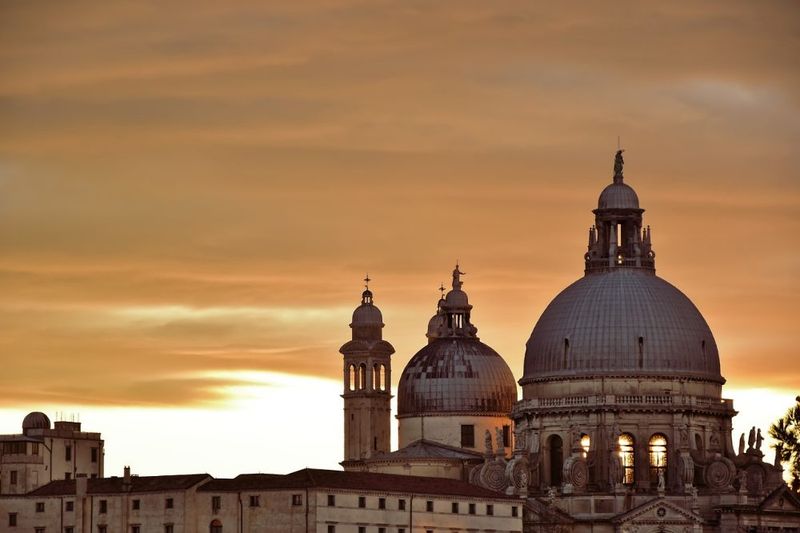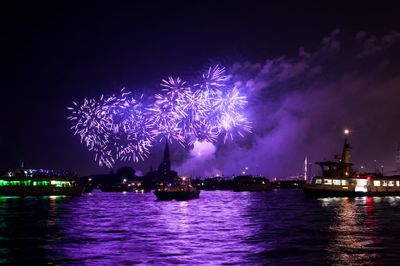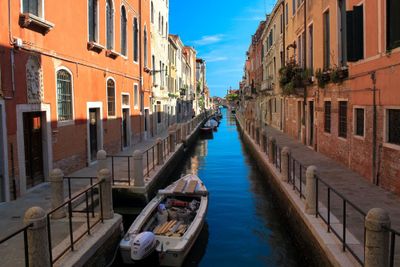November is quite a month to come to Venice because of the many feast days and events, like the Feast of Santa Maria della Salute on November 21st.
In Venice, this feast day is actually called the feast of Madonna della Salute and it is very popular among Venetians. The celebration that takes place in the foggy Autumn days is beautiful and touchy and it reminds of the feast of Redentore, celebrated in July.
Would you like to know more about how Venetians celebrate the Feast of Santa Maria della Salute?
The Feast of Santa Maria della Salute in Venice: the history behind the great event celebrated in November
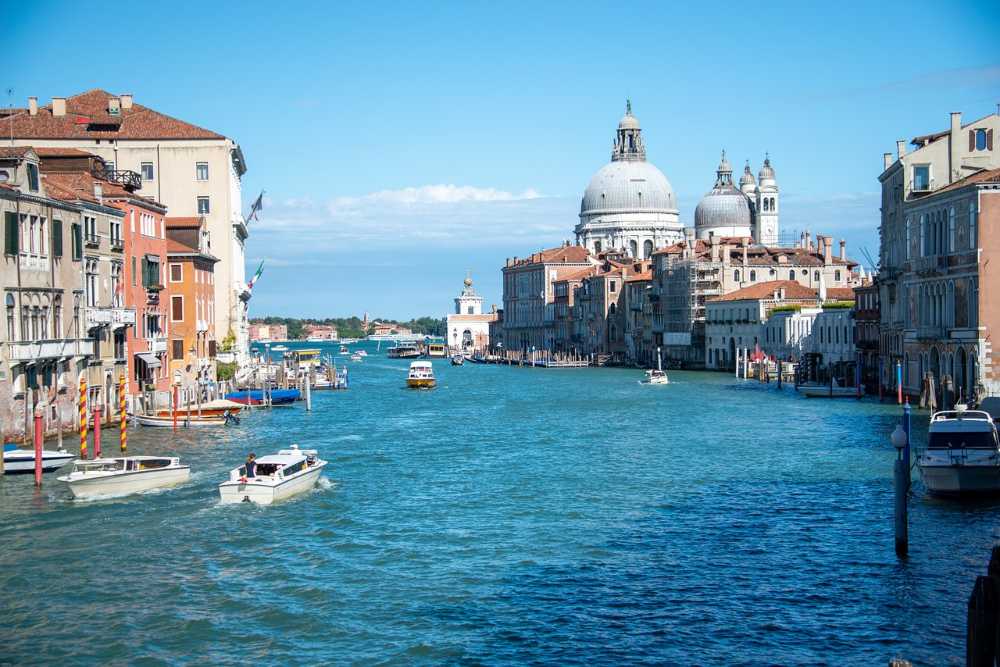
This great event celebrated every year on November 21st has more than 400 years of history.
It all started with the terrible plague of the beginning of the XVI century. So serious it was that Alessandro Manzoni in his famous book, The Betrothed (I Promessi Sposi, in Italian) has talked about it.
The epidemic spanned over Europe but Venice was safe, thanks to the quarantine rules the city used to apply to anyone coming from outside the lagoon.
However, only one exception to these rules has made almost one third of the population die. In fact, when the ambassador of the Duke of the city of Mantova came to Venice, he was allowed to stay on one island of the city to spend his quarantine (probably San Servolo). The carpenter that was entitled to make him a place where he could have stayed isolated was infected by the ambassador.
Then, the great plague spread throughout the city.
So many people were dying that the Doge himself decided to invoke God and Virgin Mary to save the city.
The Doge of Venice decided to make a solemn vow: the building of a new church in front of the Grand Canal
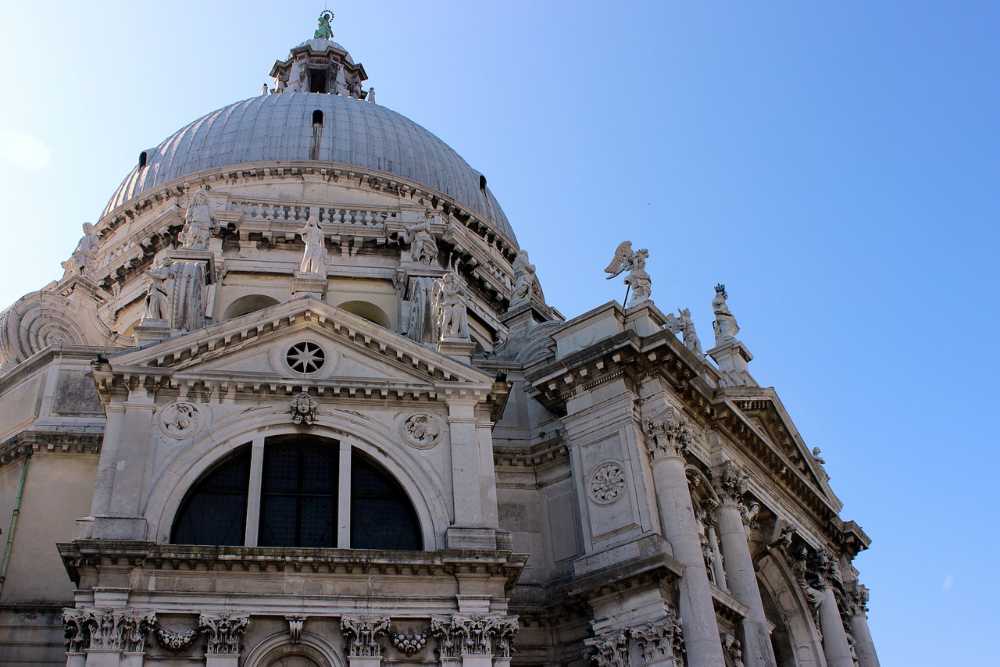
Powerless to tackle the disease, Doge Nicolò Contarini decided to make a vow.
On October 22nd, 1630, in fact, he declared that he would have built a church dedicated to the Virgin Mary of Health (Santa Maria della Salute) in exchange for her protection from the plague.
The building of the church started soon and in the following weeks the fury of the disease seemed to have dropped.
Nevertheless, one third of Venetians died in these terrible years.
What still reminds us of the plague is however the great Baroque style church of Santa Maria della Salute. It was built in front of the Grand Canal, in Dorsoduro Sestiere, next to the famous Punta della Dogana.
We can surely say that today is one of the greatest symbols of the city of Venice.
How Venetians celebrate today the Festival of the Madonna della Salute
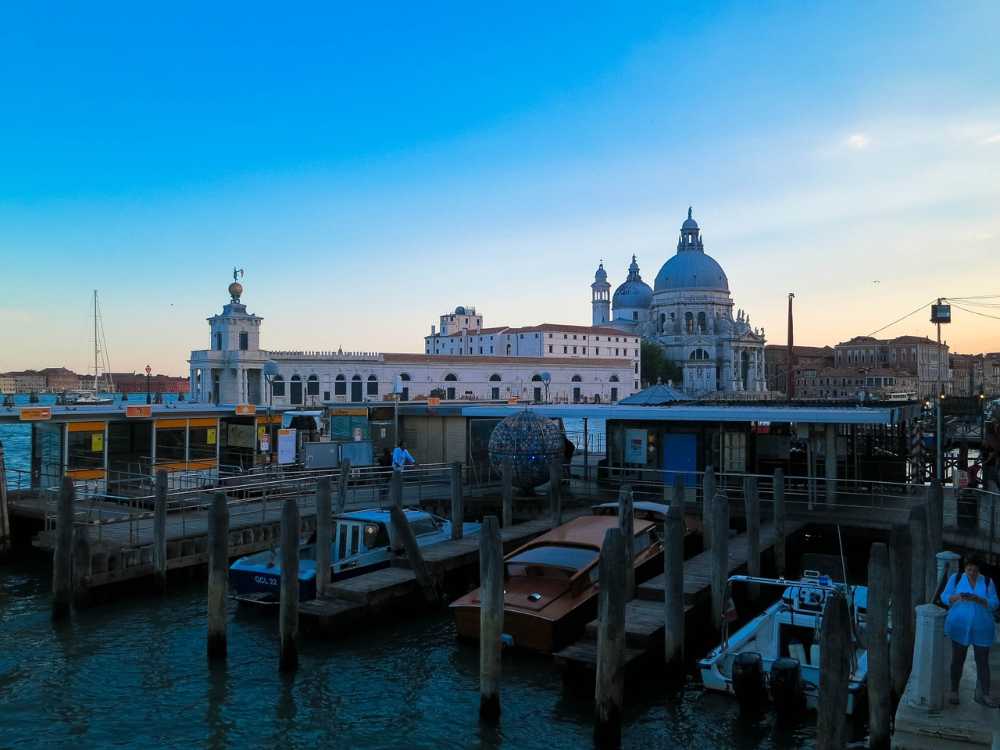
The celebration for the Feast day of the Madonna della Salute is actually huge.
In fact, a great floating bridge is built in front of the Church, connecting the Basilica della Salute with Santa Maria del Giglio.
On the votive bridge, a great procession takes place on November 21st, like it did many centuries ago at the time of the plague.
The celebration usually starts on November 18th, when the bridge is ready and lasts till November 22nd.
All around the church, many stalls sell all kinds of delicacies, cakes, sweets and religious items. The most popular sweets are the typical frittelle (covered by sugar) and candied fruit.
As it is also a religious feast, the pilgrimage to the floating bridge actually ends inside the Basilica, where many Masses take place during the day. However, this festival is very popular among Venetians, especially children, because of the many delicacies and fun occasions spread during the day.
What to eat to celebrate the Madonna della Salute: let's talk about castradina
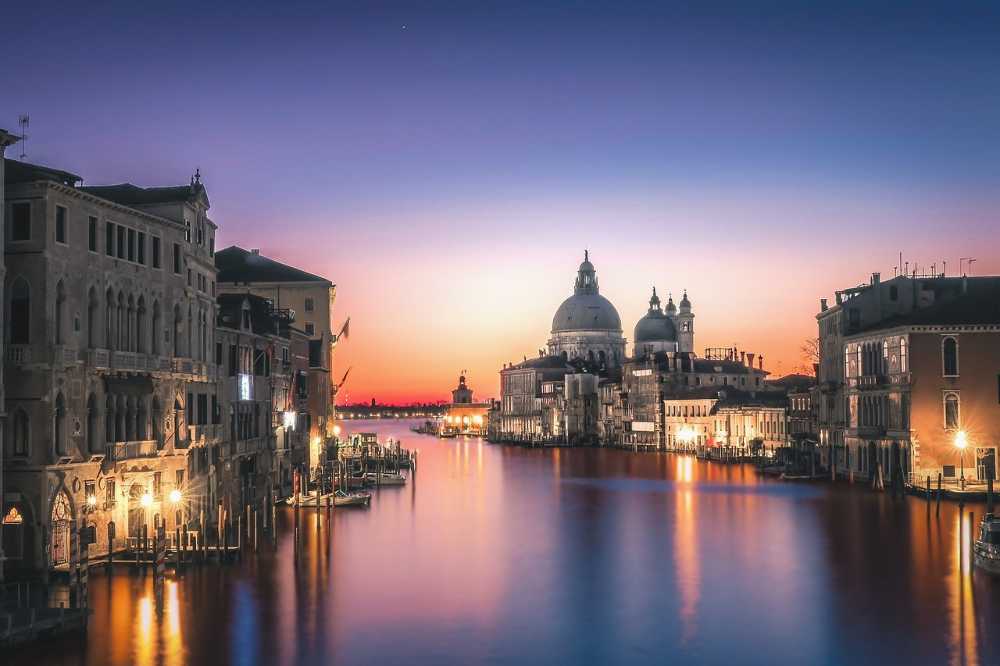
In the past, this feast day was the perfect occasion to eat the so-called castradina.
This recipe is made of the leg of mutton salted, smoked and then cured. It is usually accompanied by a tasty soup, made with cabbage leaves, onions and wine.
Why is eating castradina is the symbol of the Feast of the Virgin Mary of the Health?
The reason has to be found in the past at the time of the plague. This dish, in fact, was very popular in the Dalmatian region (in the present day Croatia) and Dalmatians were the only ones to supply the city during the terrible years of the epidemic.
So Venetians decided that eating castradina was a proper way to honor the Dalmatians who provided them with food when no other was able to.
This recipe is part of the history of the city, but there are not so many families who actually prepare it to celebrate the Madonna della Salute.
Besides, the history behind this typical food is actually very interesting!

